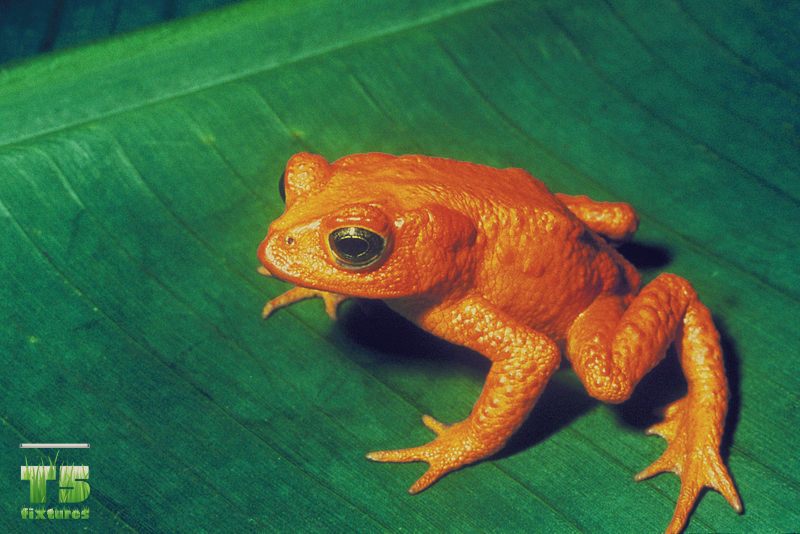We want to thank all of the students, parents and teachers that helped make this year’s contest so diverse! It’s always exciting to see artwork from as close as our own Jersey City and New York, and as far away as Sri Lanka, Bahrain, Latvia, China, and many other countries. We want to thank the judges and we applaud them in choosing from a field of exceptional artworks: Sam Skolnik-Mullane, Peter Thorpe, Rachel Rommel, Monique Sarfity, Mark Lerer, Caley Vickerman, Coyote Peterson, and Carmine Tabone.
All winners receive a custom certificate based on how you placed, so email us to receive yours.
And now for the winners… (wait for the page to load)
WINNERS by Age Group and Categories
Winners: Age Group – 3-6 years old
1st Place: Chan Yan Kiu Karstyn, 5 years old, Hong Kong, Arttra
2nd Place: Sophie Wang, 6 years old, Edison, NJ, USA
3rd Place: Kwan Sum Yu Rainie, 4 years old, Hong Kong, Arttra.
Honorable Mention: Sanjay Balaji, 6 years old, Sharron Art Center, NJ, USA
Honorable Mention: Vrishas Bolukonda, 4.6 years old, India
Caption:Help Me, Save Urselves; Think Green, Save Green
Honorable Mention: Soumya Sawant, 5 years old, Sharron Art Center, NJ USA
Winners: Age Group – 7-9 years old
1st Place: Kalisha Athaya Mahira, 7 years old, Indonesia
2nd Place: Worth Lodriga, 7 years old, The Phillipines
3rd Place: Stephanie Wang, 7 years old, New York, USA
Honorable Mention: Jennifer Tian, 9 years old, USA
Honorable Mention: Shristuti Srirapu, 9 years old, India
Caption: Give a helping hand to frogs
Honorable Mention: Angelina Wang, 8 years old, Edison, NJ, USA
Winners: Age Group – 10-12 years old
1st Place: Jonathan Qi, 12 years old, USA
2nd Place: Tanvi Gadre, 12 years old, India
3rd Place: Leon Ma, 10 years old, USA
Honorable Mention: Dhanvi Sayani, 10-12 years old, United Arab Emirates
Honorable Mention: Jason Kong, 10 Years Old, New York, USA
Honorable Mention: Emmi Lomakka, age 10, California, USA
Winners: Age Group 13-17 Years old
1st Place: Raisha Alifia Rahmani, 14 years old, Indonesia
2nd Place: Mohsen Abdalla 17 years old, USA, Jersey City Public Schools, Liberty High School, Art Instructor: Lisa Schwichtenberg
3rd Place: Nicole Padilla 17 years old, USA, NJ, Jersey City Public Schools, Liberty High School, Art Instructor Lisa Schwichtenberg
Honorable Mention: Jeanpierre Roa, 13-17 years, McNair Academic High School, Jersey City, Art Specialist-Scott Mallm
Honorable mention: Eanne Chiang, 14 years old, New Jersey, USA
Honorable Mention: Parth Vora, 13-17 years old, McNair Academic High School, Jersey City, Art Specialist-Scott Mallm
Best Environmental
1st Place: Mohsen Abdalla 17 years old, USA, Jersey City Public Schools, Liberty High School, Art Instructor: Lisa Schwichtenberg
2nd Place: Diego Manosalves 17 years old, USA, NJ, Jersey City Public Schools, Liberty High School, Art Instructor: Lisa Schwichtenberg
3rd Place: Kalisha Athaya Mahira, 7 years old, Malaysia
Honorable Mention: Jonathan Qi, 12 years old, USA
Honorable Mention: Nicole Padilla 17 years old, USA, NJ, Jersey City Public Schools, Liberty High School, Art Instructor Lisa Schwichtenberg
Best Black and White
1st Place: Lee Xin Yee, 11 years old, School: SJKC Sin Min A, Kedah, Malaysia
2nd Place: Zaniab Ali, 12 years old, Diana Gonzalez, Art Specialist MS#4, Jersey City, NJ
3rd Place: Darius Lim Wei Chen, 9 years old, Singapore
Honorable Mention: Parthi Jain, 7 years old, Bahrain
Best 3D Artwork
1st Place: Dhanvi Sayani, 10-12 years old, United Arab Emirates
2nd Place: Paula Nataniela Roba, 15 years old, “Proteus anguinus”
3rd Place: Seth Medina Assisted by Aida, Grade 8, PS#28, Art Teacher: Susan Ferro
Honorable Mention: Toms Laugalis, 11 years old, Latvia, “Tree frog”
Best Typographic
1st Place: Tanvi Gadre, 12 years old, India
2nd Place: Allie Kong, 8 years old, Sharron Art Center, NJ, USA
3rd Place: Ashley Ko, 7-9 years old
Honorable Mention: Manny Alvarez, 14 years old, M.S. #7, JC, NJ, USA
Honorable Mention: Nishi Patel, 12 years old, M.S. #7, Jersey City, NJ, USA, Art Teacher: Mrs. Jimenez
Honorable Mention: Lynn Sun, 7 years old, Edison, NJ, USA
Best Student / Elder Artwork Collaboration
1st Place: Arriana Rock, age 6 and Mallory Rock, age 31, Frederick, CO, USA
2nd Place: Vrishas Bolukonda (4.6 Yr) – Shalini (27 years old), A frog in the wild, India
3rd Place: Arriana Rock, age 6 and Brian Younger (Grandpa), age 65, Frederick, CO, USA
Best of Jersey City
1st Place: Mohsen Abdalla 17 years old, USA, Jersey City Public Schools, Liberty High School, Art Instructor: Lisa Schwichtenberg
2nd Place: Sylvie-Marlene Sobngwi, 13-17 years old, McNair Academic HS, JC, Art Specialist, Scott Mallm
3rd Place: Nicole Padilla 17 years old, USA, NJ, Jersey City Public Schools, Liberty High School, Art Instructor Lisa Schwichtenberg
Honorable Mention: Jeanpierre Roa, 13-17 years old, McNair Academic High School, Jersey City, Art Specialist,Scott Mallm
Best of Hong Kong
1st Place: Lau Wing Sum, 5 Years Old, School of Creativity, Hong Kong, China
2nd Place: Law Hui Laam, 5 Years Old, School of Creativity, Hong Kong, China
3rd Place: Lau Wing Kei Angel, 9 years old, Hong Kong, China
Honorable Mention: Ng Tsz Ying, 5 Years Old, Chong Hok Tong Education Center, Hong Kong, China
Honorable Mention: Bridget Liu,5 Years Old, School of Creativity, Hong Kong, China
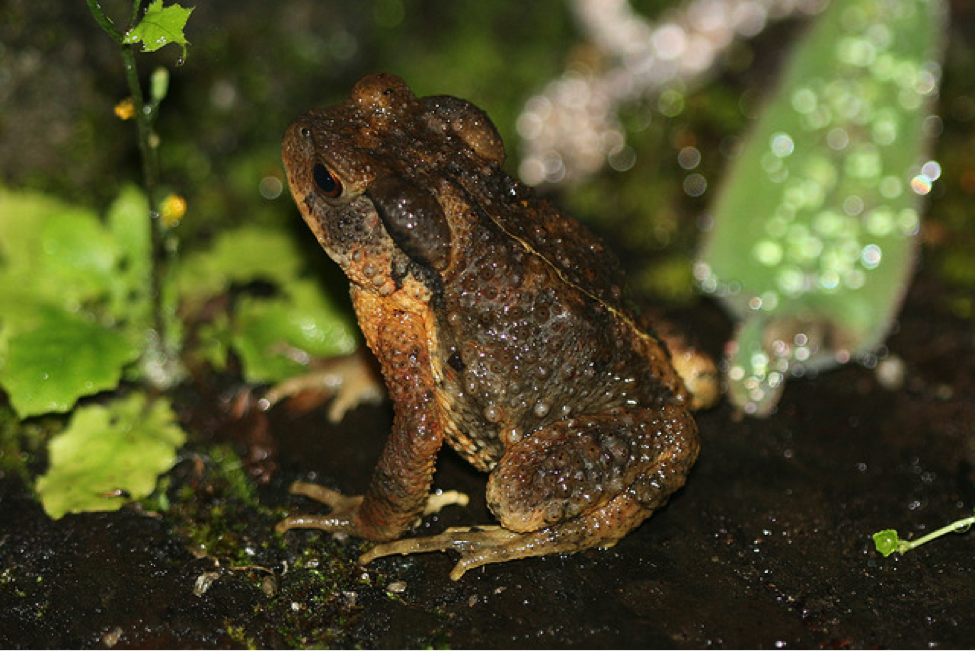
 Guest post by Leigh-Ann Brady, who resides in NJ with her 8 year son. She is an artist and writer who is also concerned about the environment.
Guest post by Leigh-Ann Brady, who resides in NJ with her 8 year son. She is an artist and writer who is also concerned about the environment.
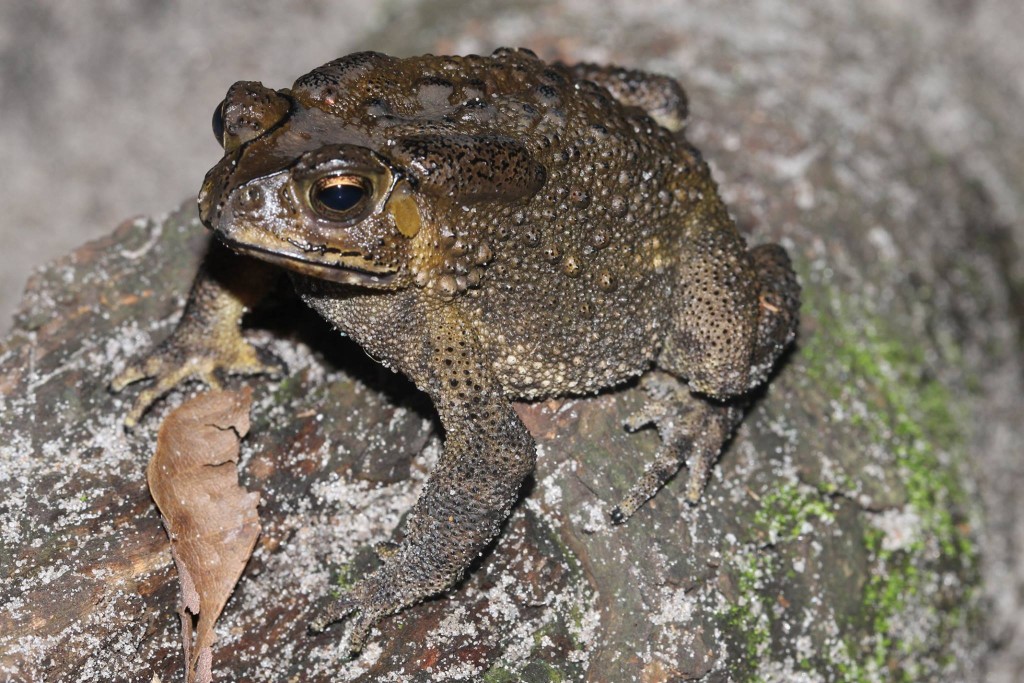


![By Nikolaj Potanin (Own work) [CC BY-SA 3.0 (http://creativecommons.org/licenses/by-sa/3.0)], via Wikimedia Commons](http://frogsaregreen.org/wp-content/uploads/2016/03/Lily_and_frog-1024x696.jpg)
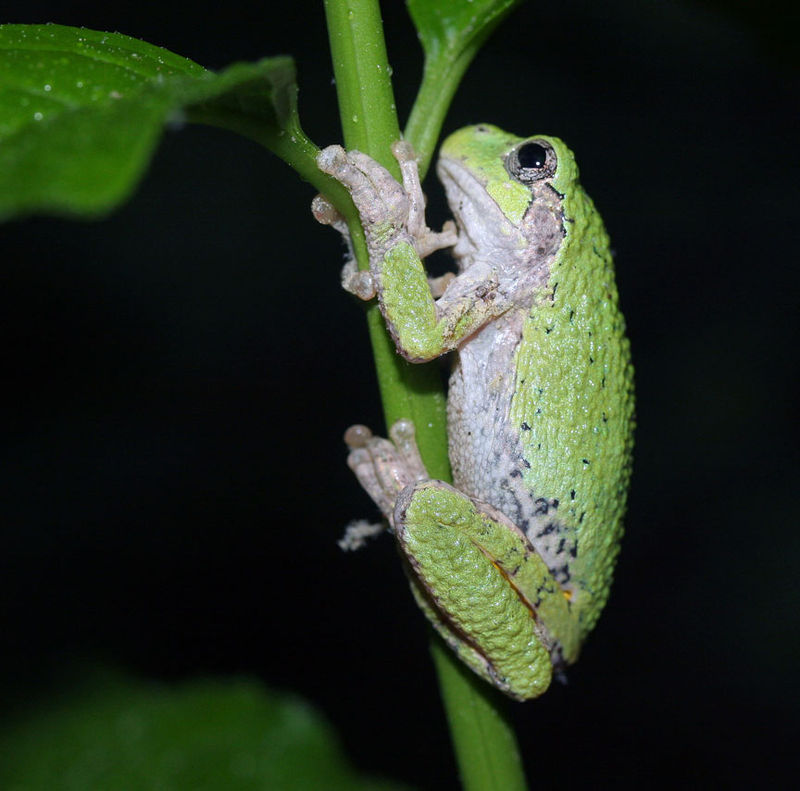
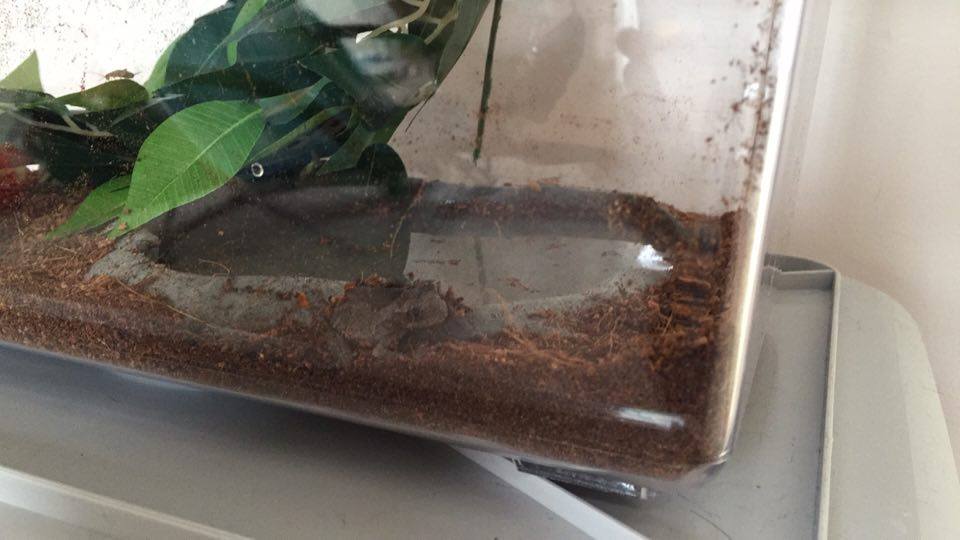








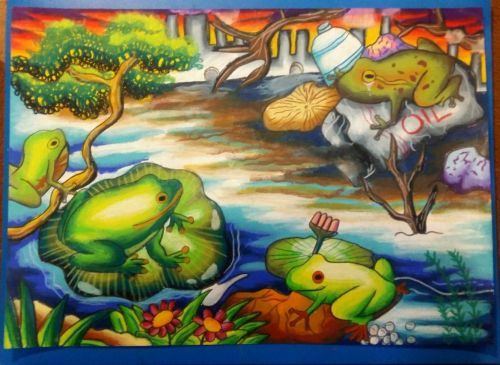






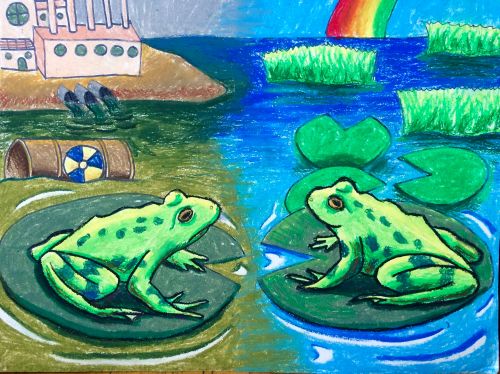






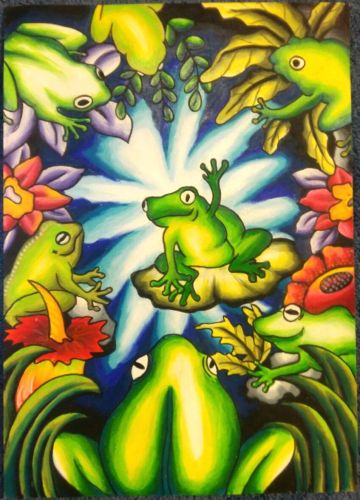






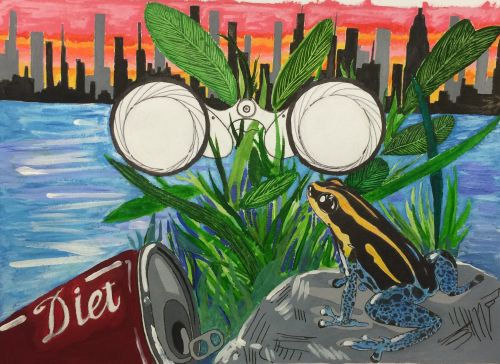










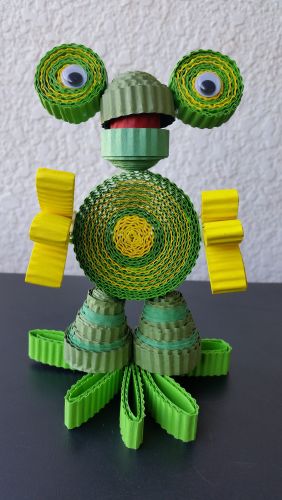




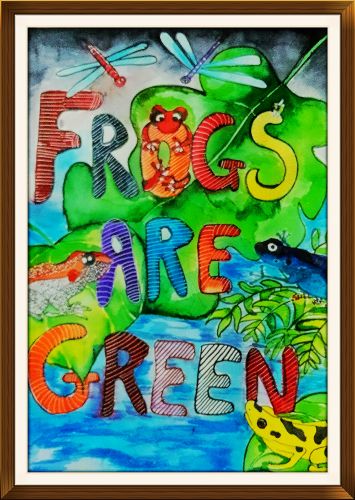










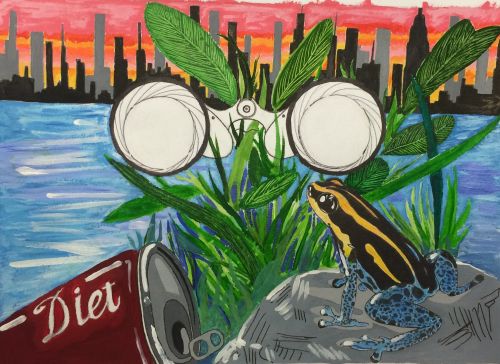










![By U.S. Fish and Wildlife Service Headquarters [CC BY 2.0 (http://creativecommons.org/licenses/by/2.0)], via Wikimedia Commons](http://frogsaregreen.org/wp-content/uploads/2015/12/Two_children_hiking_in_the_woods_8540597552.jpg)
